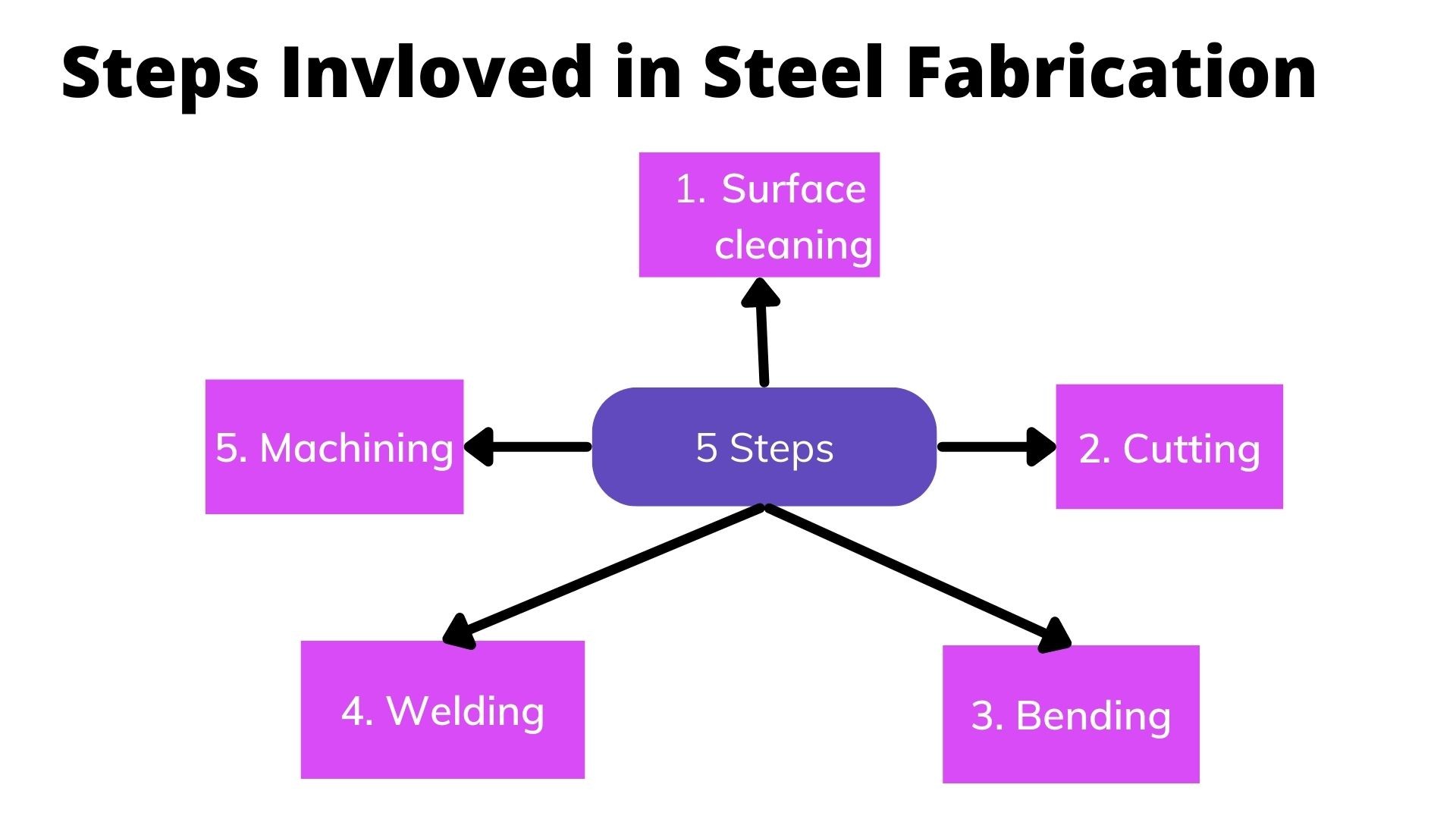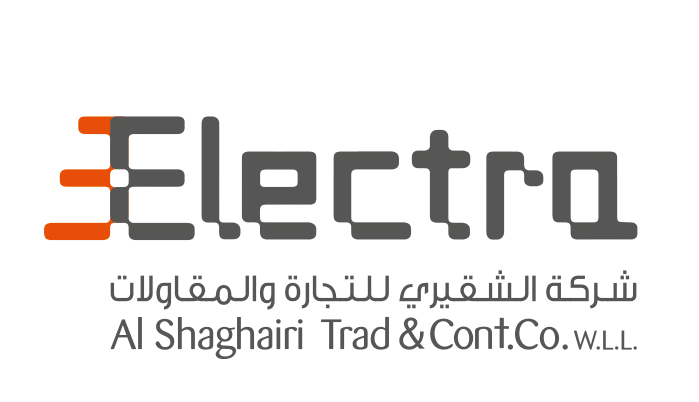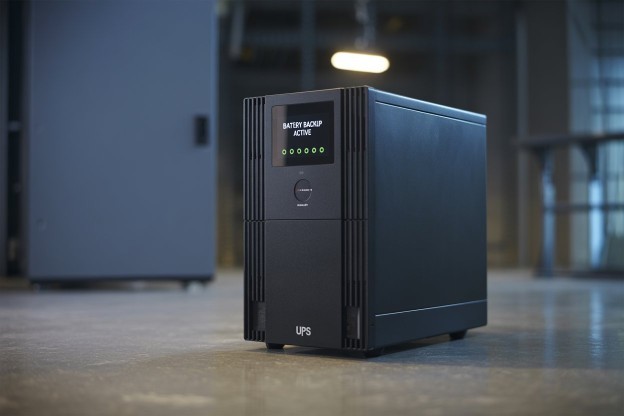Steel is probably the most known and understood metal for everyone. The steel demand is always on the rise over the years with the advancement of technology. The plethora of uses for steel has grown into multiple folds. Steel is an alloy of iron and other materials. Adding in different elements gives unique attributes, which give rise to different kinds of steel, which makes it a multi-faceted metal.
Structural steel is the main component of steel fabrication. Steel fabrication is a very exclusive process, and trained and experienced professionals for the cause. Experienced technicians make use of quality raw materials to convert them into beneficial and top-notch end products. The need for steel fabrication is mainly invested in heavy industrial projects. Fabrication also comes into use in domestic projects where the requirement is steel-intensive. With the new-age technology, this strong and durable metal can now be cut and moulded into beneficial shapes, which makes it more adaptable to various uses.
Steps Invloved in steel Fabrication

The steel fabrication process goes in definitive and well-curated steps. Let us take a look at the different steps involved in steel fabrication:
Surface cleaning: It is essential to prep up the surface of the material before using it for steel fabrication for valid results. Pre-cleaning ensures a better quality of the welded parts. The cleaning initiates the removal of moisture from the surface of the steel, which plays an important role in enhancing the durability of the welded structure. Cleaning off the rested impurities on the surface of the steel creates a soft texture for joining the parts together. Blast cleaning is an option through which one can clear off the dirt or impurities from the surface.
Cutting: Cutting the pieces of structural steel before the fabrication process is much easier and quicker to work on than the ones not cut. The cutting process of steel is done using a variety of techniques like flame cutting, plasma cutting and circular saws. The cutting can be either as a hand-cut or using a mechanised cutting table. This process is particularly done within the manufacturing unit where it is closed and protected with all the relevant safety standards met.
Bending: Bending is the process where massive force is applied over the steel for changing the shape of the steel for matching the exact requirement. It is usually done by using hammering methods or through press machines. Bending and rolling techniques will help in giving off clear finishing for the steel required for fabrication. Press brakes or tube benders are used to achieve the required angle for the steel piece. Only a professional will be able to determine the exact pressure and the amount of bending required or else it might lead to the deformation of the material.
Welding: Is the process where pieces of steel have to be combined or joined together with steel or any other material. The fusion of the steel pieces requires a high amount of heat. The process requires heating the steel at a high temperature for joining or bending them at the same time and then letting them cool off. It is a normal procedure done in the process of steel fabrication. The common sources of heat sources are gas flame torches, lasers, electric arcs etc.
Machining: Is done to mould and shape the steel bent or joined into respective shapes and etching of the excess metal parts using drills, mills and so on.
Advantages of Using Steel Fabrication
The affordability of steel and its fabrication are one of the main reasons why steel is widely adopted in industrial applications. The affordability of being cheap doesn’t necessarily affect its attribute of being extremely strong and, therefore, staple material in the fabrication industry.
Structural steel is available in its pre-fabrication phase and delivered in that form to industrial or construction sites. As it is already prepared for the fabrication process, it reduces the time invested to work on-site and fastens the entire process.
Steel is not that vulnerable to externalities like its counterparts. Therefore, maintenance of steel is comparatively lower and easier than that of other materials like wood, iron etc. Steel fabricated structures thus become extremely pocket-friendly.
The appearance of steel also is an added advantage of its extensive use. It can easily adapt and blend into different looks without awkward standing out. The steel, when fabricated efficiently, adds to the glory of the entire structure.
Using steel is also environmentally friendly as it generates very less carbon dioxide when it is being produced. The recycling or reusing of steel also can be done without a second thought.
The malleability of steel is also a promising feature and a reason why it is largely accepted. It can be easily transformed into needed shapes and angles by hammering manually or using machines.
Application of Steel Fabrication in Different Industries
Manufacturing sector: Uses steel fabrication for creating industrial stairs, mezzanines, steel handrails, etc.
Energy Sector: Uses steel fabrication for pipelines, oil and gas well platforms, wind turbines, etc.
Mining: Structural steel forms part of the mining infrastructure like pipes, grating, rods, etc.
Automotive industry: Steel is used in building the engines themselves and various other prominent parts.
Aerospace: Structural steel is used in various parts of aircraft.
Steel fabrication is an inherent part of many industries. But it requires expert and experienced professionals to finish the process with precision and clarity. Choose to hire the best ones in the industry for strict quality control. Electra, one of the leading structural steel products suppliers in Qatar specialises in Design Engineering and fabrication of steel structures and offers both custom and readymade designs as well.






